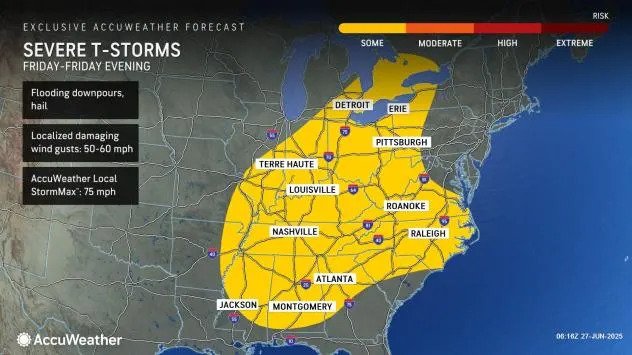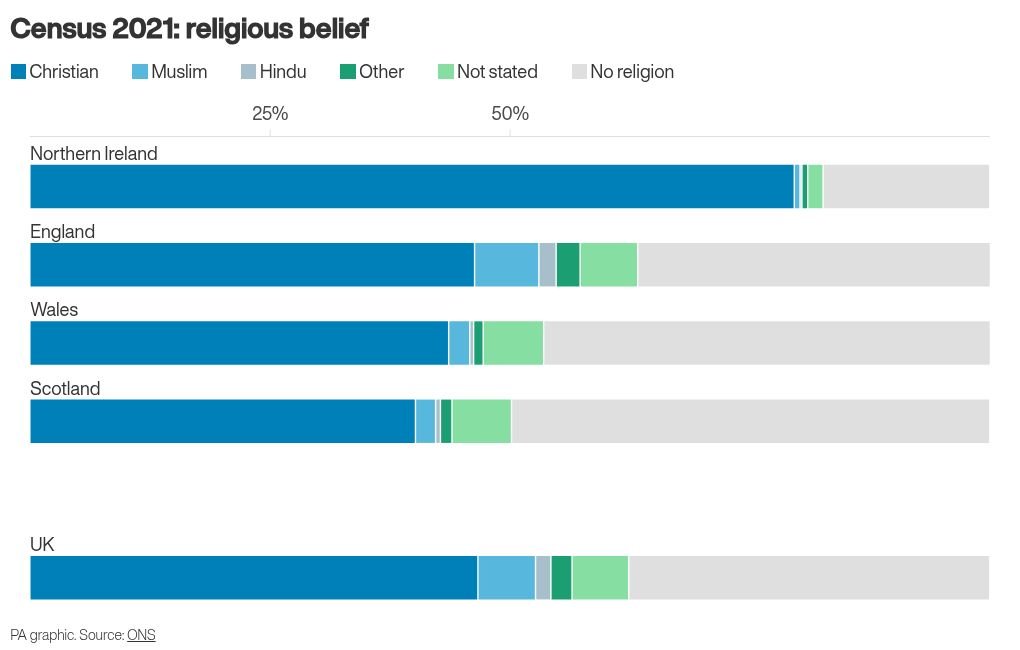-
Significant control over Maritime Resources by individual investors implies that the general public has more power to influence management and governance-related decisions
-
A total of 11 investors have a majority stake in the company with 49% ownership
Every investor in Maritime Resources Corp. (CVE:MAE) should be aware of the most powerful shareholder groups. We can see that individual investors own the lion’s share in the company with 51% ownership. That is, the group stands to benefit the most if the stock rises (or lose the most if there is a downturn).
And institutions on the other hand have a 44% ownership in the company. Generally speaking, as a company grows, institutions will increase their ownership. Conversely, insiders often decrease their ownership over time.
In the chart below, we zoom in on the different ownership groups of Maritime Resources.
View our latest analysis for Maritime Resources
Many institutions measure their performance against an index that approximates the local market. So they usually pay more attention to companies that are included in major indices.
Maritime Resources already has institutions on the share registry. Indeed, they own a respectable stake in the company. This can indicate that the company has a certain degree of credibility in the investment community. However, it is best to be wary of relying on the supposed validation that comes with institutional investors. They too, get it wrong sometimes. When multiple institutions own a stock, there’s always a risk that they are in a ‘crowded trade’. When such a trade goes wrong, multiple parties may compete to sell stock fast. This risk is higher in a company without a history of growth. You can see Maritime Resources’ historic earnings and revenue below, but keep in mind there’s always more to the story.
Maritime Resources is not owned by hedge funds. Dundee Resources Limited is currently the company’s largest shareholder with 44% of shares outstanding. For context, the second largest shareholder holds about 4.2% of the shares outstanding, followed by an ownership of 0.5% by the third-largest shareholder. Garett Macdonald, who is the third-largest shareholder, also happens to hold the title of Member of the Board of Directors.
A deeper look at our ownership data shows that the top 11 shareholders collectively hold less than half of the register, suggesting a large group of small holders where no single shareholder has a majority.
While studying institutional ownership for a company can add value to your research, it is also a good practice to research analyst recommendations to get a deeper understand of a stock’s expected performance. While there is some analyst coverage, the company is probably not widely covered. So it could gain more attention, down the track.
While the precise definition of an insider can be subjective, almost everyone considers board members to be insiders. The company management answer to the board and the latter should represent the interests of shareholders. Notably, sometimes top-level managers are on the board themselves.
Insider ownership is positive when it signals leadership are thinking like the true owners of the company. However, high insider ownership can also give immense power to a small group within the company. This can be negative in some circumstances.
Our information suggests that Maritime Resources Corp. insiders own under 1% of the company. It appears that the board holds about CA$1.4m worth of stock. This compares to a market capitalization of CA$144m. Many investors in smaller companies prefer to see the board more heavily invested. You can click here to see if those insiders have been buying or selling.
The general public, who are usually individual investors, hold a substantial 51% stake in Maritime Resources, suggesting it is a fairly popular stock. This size of ownership gives investors from the general public some collective power. They can and probably do influence decisions on executive compensation, dividend policies and proposed business acquisitions.
Public companies currently own 4.2% of Maritime Resources stock. It’s hard to say for sure but this suggests they have entwined business interests. This might be a strategic stake, so it’s worth watching this space for changes in ownership.
I find it very interesting to look at who exactly owns a company. But to truly gain insight, we need to consider other information, too. Consider risks, for instance. Every company has them, and we’ve spotted 2 warning signs for Maritime Resources you should know about.
If you are like me, you may want to think about whether this company will grow or shrink. Luckily, you can check this free report showing analyst forecasts for its future.
NB: Figures in this article are calculated using data from the last twelve months, which refer to the 12-month period ending on the last date of the month the financial statement is dated. This may not be consistent with full year annual report figures.
Have feedback on this article? Concerned about the content? Get in touch with us directly. Alternatively, email editorial-team (at) simplywallst.com.
This article by Simply Wall St is general in nature. We provide commentary based on historical data and analyst forecasts only using an unbiased methodology and our articles are not intended to be financial advice. It does not constitute a recommendation to buy or sell any stock, and does not take account of your objectives, or your financial situation. We aim to bring you long-term focused analysis driven by fundamental data. Note that our analysis may not factor in the latest price-sensitive company announcements or qualitative material. Simply Wall St has no position in any stocks mentioned.





